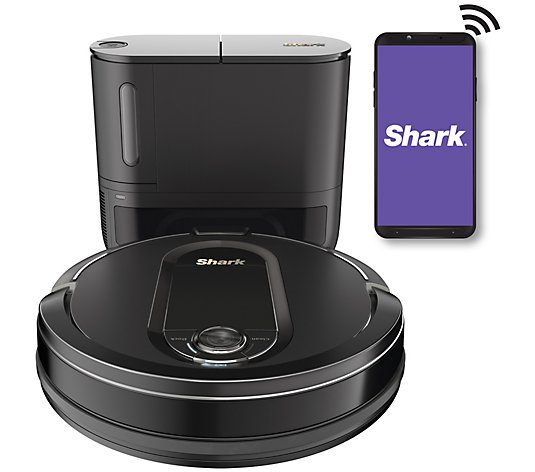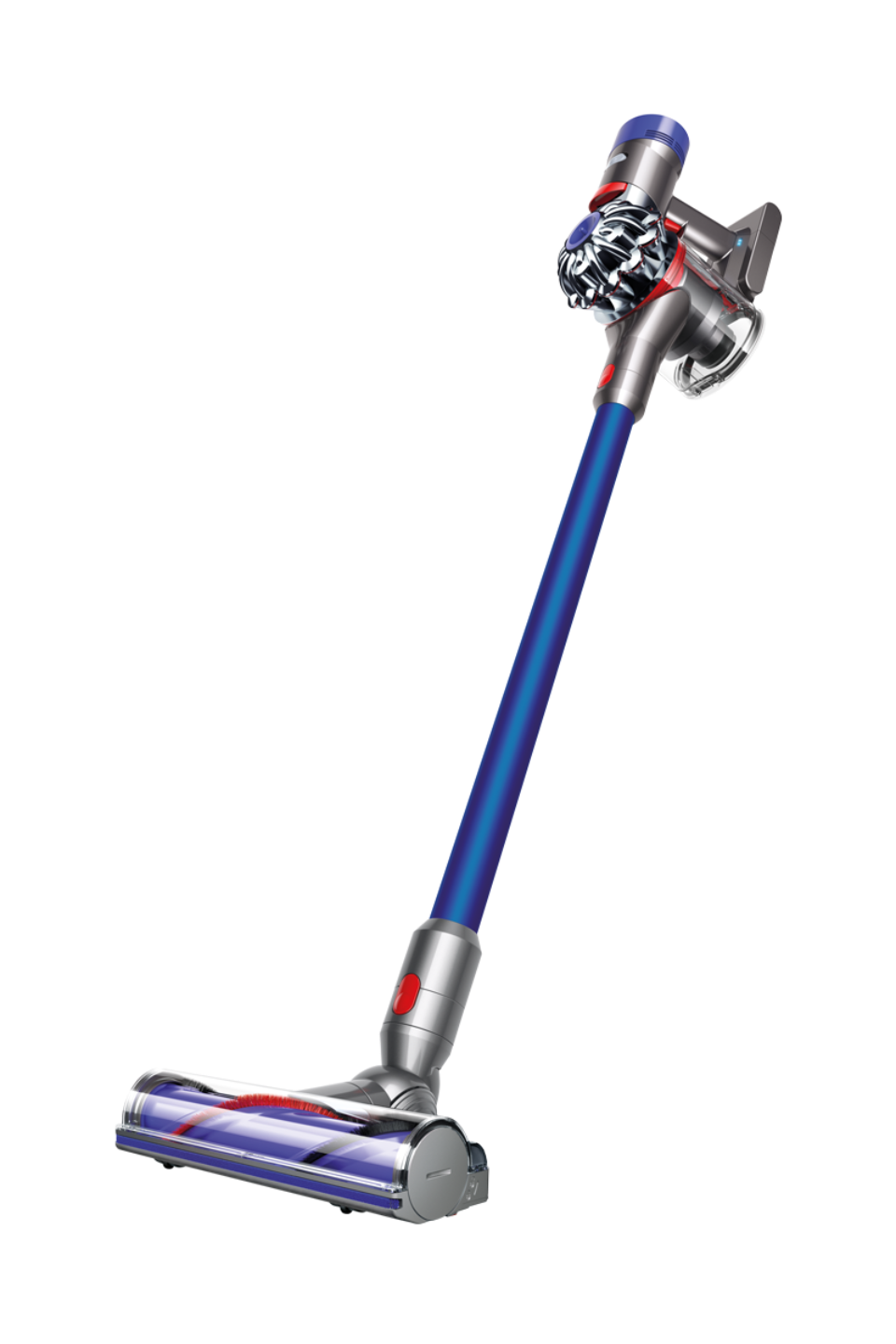12-in-1 Countertop Convection Oven – June Oven
Meet your time-saving kitchen companion. June serves up 12 cooking appliances in one magic machine, and it’s not much bigger than your microwave. Nice.
Proving daily that entire kitchens can be built out of computer code.
Convection Oven
Twin convection fans double the airflow for faster, more even cooking.
Air Fryer
The same crispy, finger-licking results with a fraction of the oil? June’s got this.
Grill
The perfect char marks and doneness aren’t just an outdoor grill’s game.
Roaster
Tender and juicy on the inside, crisp and caramelized on the outside.
Slow Cooker
Low, slow and just the way you like it. Your slow cooker won’t miss you, we promise.
Dehydrator
Healthy and homemade. Who knew so much possibility could fit on your countertop?
Toaster
June isn’t just some glorified toaster oven. But don’t get us wrong…it still toasts.
Reheat
Give leftovers a reheat with real heat (and skip the rubbery aftermath of the microwave).
Pizza Oven
If stone-firing pizza in your own kitchen is wrong, we don’t want to be right.
Proofer
Bread makers and pastry chefs, we just want to get a rise out of you. Get it?
Broiler
Turning up the heat is one of June’s specialties. Just tap and you shall receive.
Warming Drawer
Never get left in the cold again. June keeps food warm without worry.






Reviews
There are no reviews yet.